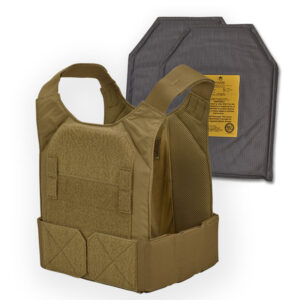What Are Plate Carrier Patches Used For?
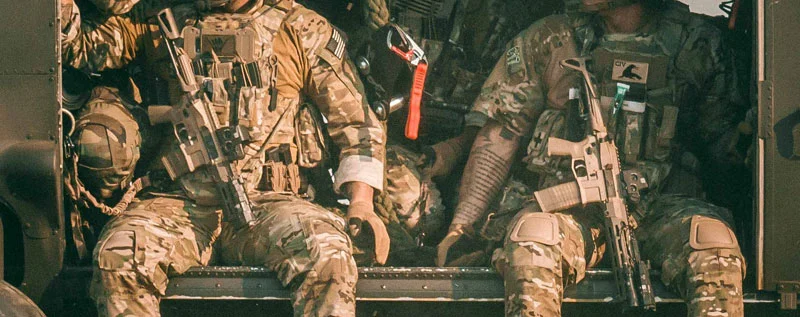
When considering tactical equipment, visions of battle-hardened vests, helmets, and military fatigues come to mind. The plate carrier is a vital protective gear for these critical pieces of equipment. A plate carrier’s main job is to hold ballistic plates that protect the wearer. Besides this, plate carriers often have a variety of colorful or muted patches. These patches may appear to be nothing more than decorations to the naked eye, but they have several significant functions. In this article, we go in-depth on what plate carrier patches are utilized for, the types you may find, and why they are important.
What is a Plate Carrier?
Before discussing patches, it’s important to understand a plate carrier. A plate carrier is a tactical vest designed to hold armor plates, offering ballistic protection to vital organs. Worn by military personnel, law enforcement officers, and even civilian tactical enthusiasts, plate carriers balance protection, modularity, and comfort.
Contemporary plate carriers have MOLLE (Modular Lightweight Load-carrying Equipment) webbing, to which pouches, tools, and accessories can be attached, making them modular for different missions. Patches are a perfect fit for this modular idea.
The Purpose of Plate Carrier Patches
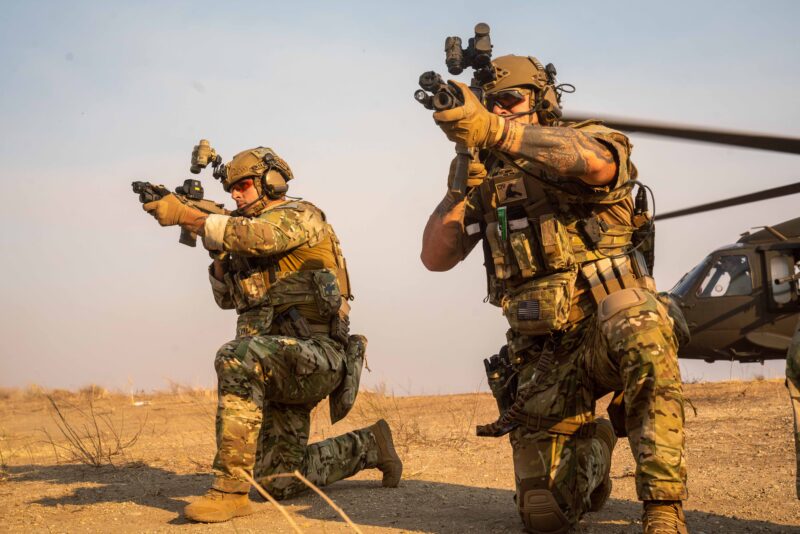
Plate carrier patches are not merely fashion or personalization (although that is part of it). They have several practical and tactical uses, including:
1. Identification
One key application of patches on plate carriers is identification. In stressful areas such as combat or public emergency areas, it’s vital to promptly identify friends from foes or between roles.
Name Tapes: Such patches usually contain the wearer’s last name, speeding up personal identification.
Unit Patches show the wearer’s unit, division, or squad.
Role Indicators: Medics, engineers, snipers, or team leaders may have patches designating their specialty or role.
2. Affiliation
Affiliation patches assist in indicating the country or organization the wearer is a member of. For example:
National Flags: A flag patch is standard on soldiers deployed overseas.
Organizational Logos: Police SWAT teams, search and rescue teams, and private security agencies tend to employ patches with their name or logo.
These patches give essential information at a glance, particularly when multiple groups work together.
3. Morale and Motivation
Morale patches have developed a cult following in military, police, and civilian tactical communities. These patches are frequently humorous, sarcastic, motivational, or pop culture-referencing.
Examples:
- Humorous slogans (“Embrace the Suck,” “Not Today”)
- Cartoon characters in tactical equipment
- Inspirational quotes or symbolic imagery
Though appearing frivolous, morale patches serve a significant psychological function by enhancing camaraderie, alleviating stress, and promoting unit pride.
4. Medical and Emergency Information
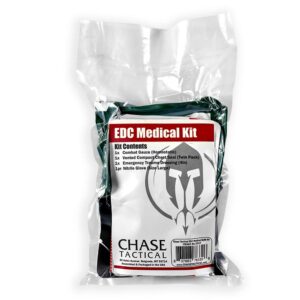
In emergencies, patches can be lifesavers by offering immediate medical information. Some common examples are:
- Blood Type Patches: Displaying the wearer’s blood type for quick transfusion.
- Medical Alert Patches: Informing responders of conditions such as diabetes, severe allergies, or the requirement of certain medication.
- First Aid/Medic Patches: Indicating who is trained to administer medical care.
5. Mission-Specific Designations
In certain missions, patches may indicate temporary roles or mission objectives.
Examples:
- Indicating “Friendly” vs “Hostile” for training purposes.
- Special mission designators such as “Observer,” “Trainer,” or “Escort.”
- Mission-specific patches can be vital to both operational success and safety.
Types of Plate Carrier Patches
There are myriad types of patches you may see on a plate carrier. Here are some general categories:
Velcro Patches: Velcro patches are the most common, easy to stick and unstick.
Embroidered Patches: Durable and classic-looking stitched patterns.
PVC (Rubber) Patches: Weatherproof, heavy-duty patches commonly applied to morale or logo patches.
Infrared (IR) Patches: Unique patches that reflect infrared light can only be seen with night vision equipment for stealth identification.
Glow-in-the-Dark Patches: Convenient for nighttime missions or dimly lit conditions.
How to Properly Place Plate Carrier Patches
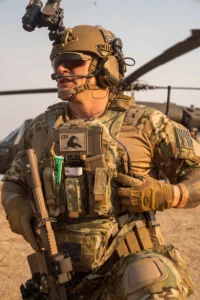
Plate carrier patches’ location sometimes adheres to specific standards to promote uniformity and legibility:
Front Chest: Generally used for name tapes, rank, or blood type.
Shoulder Panels: Perfect for national flags, unit identification, or morale patches.
Back Panels: Big patches like “POLICE,” “SECURITY,” or “RESCUE” usually find their way to the back so that they can be highly conspicuous.
Effective placement presents vital information to teammates, supervisors, and friendly forces when it matters.
The Evolution of Plate Carrier Patches
Although military and law enforcement units have long used patches for identification purposes, the civilian and tactical market has recently seen a boom in patch choices. Now, from airsoft enthusiasts to survivalists, everyone includes patches in their equipment for functionality, aesthetics, or both.
Creating customized patches has also become easier, making it possible for units or individuals to develop distinctive patches for special occasions, deployments, or personal branding.
Plate Carrier Patches in Civilian Use
Beyond military and law enforcement, patches are popular with:
Airsoft and Paintball Players: Creating realism and identity.
Outdoor Enthusiasts: Applying patches to show medical conditions or emergency contacts.
Preparedness Groups: Identifying roles during disaster response or community response training.
Civilian users tend to integrate functionality with personal expression, creating plate carriers that are personalized in style yet fulfill useful functions.
Things to Consider When Selecting Plate Carrier Patches
When choosing patches for your plate carrier, consider the following:
Purpose: Select patches that convey vital information first, then add morale or decorative patches.
Material: Match durability to your environment. PVC is used for wet environments and embroidered for normal use.
Visibility: Depending on your mission, strike a balance between stealth and concealment. Subdued color patterns ( black, olive drab, or coyote brown) might be preferable for tactical missions.
Velcro Compatibility: Provide your plate carrier with loop panels upon which patches can be secured.
Conclusion
Plate carrier patches are much more than just cosmetic equipment. They serve as operational equipment for identification, communication, morale, and survivability. Ranging from communicating essential medical information to reinforcing team morale, patches are small but impactful facets of tactical gear. As a soldier, first responder, or tactical enthusiast, realizing their purpose and utility can improve your capability and bond with gear.
Frequently Asked Questions
Can civilians wear patches on their plate carriers?
Civilians wear patches on plate carriers, particularly for airsoft, hiking, or emergency preparedness activities. Impersonating military or law enforcement officers without permission is illegal and unethical.
Are morale patches permitted in active military operations?
Morale patches are frequently allowed during off-times or non-battle activity. Still, standard policies generally demand authorized patches only to provide professionalism and operational security in official operations.

